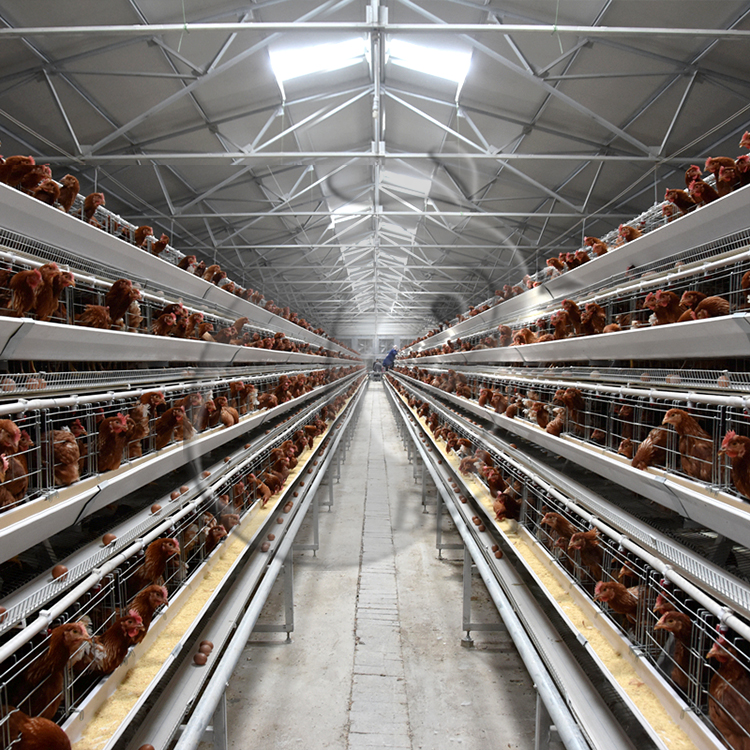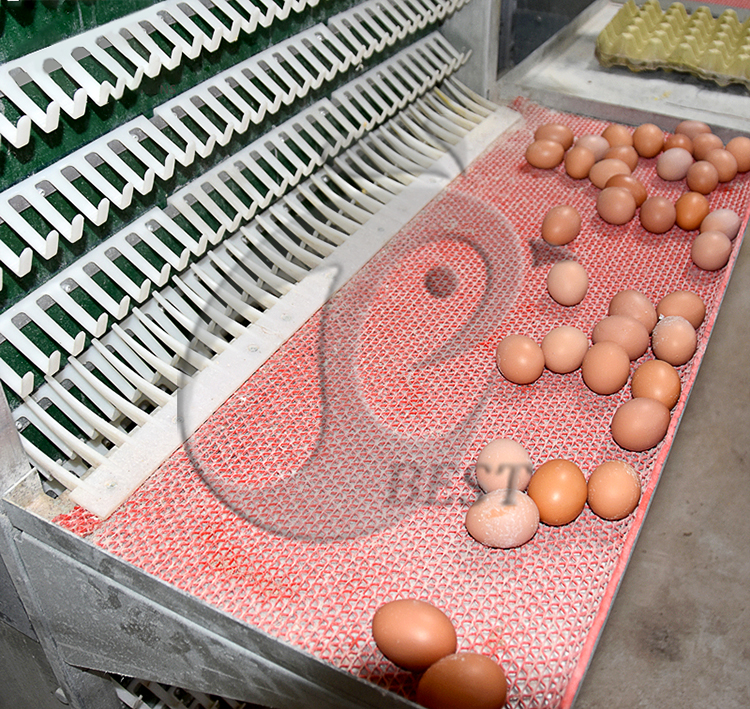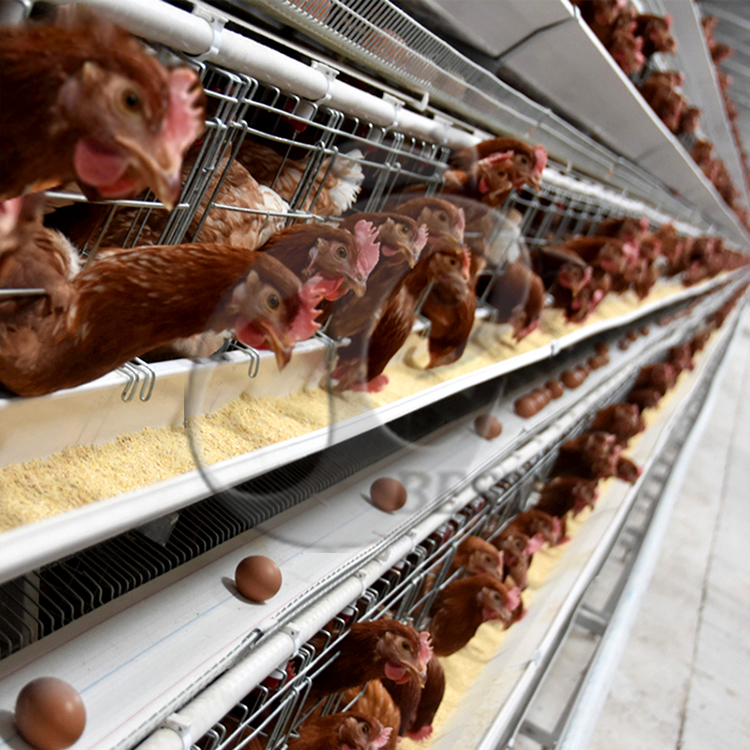Scientists have been debating how well birds can taste and smell for years. Because they have tough bony beaks and small hard tongues it’s more difficult to study their tasting ability than it is with mammals. According to an ornithologist, Dr. Neil Bernstein, the bird brain is heavily developed for sight, sound, and balance with smell and taste much less acute. Their sense of touch varies by species.





Studies on the chicken sense of smell and taste are scarce, but more research has been done on wild birds visiting feeders stocked with diverse seeds. Wild birds, such as chickadees and cardinals, use their keen sense of vision to locate seeds and seem to know which ones are tastiest or most nutritious. For example, they’ll pick every sunflower seed out of a blend of seeds before eating a single milo seed.
The senses of smell and taste combine at the back of the throat. When you taste something before you smell it, the smell lingers internally up to the nose causing you to smell it. Both smell and taste use chemoreceptors, which essentially means they are both sensing the chemical environment. This chemoreception in regards to taste, occurs via the presence of specialized taste receptors within the mouth that are referred to as taste cells and are bundled together to form taste buds. These taste buds, located in papillae which are found across the tongue, are specific for the five modalities: salt, sweet, sour, and bitter and umami. These receptors are activated when their specific stimulus (i.e. sweet or salt molecules) is present and signals to the brain.
Chickens aren’t bird brains. They have intelligence and memory, and this may be a clue on how they react to food. “I once ate popcorn not knowing I was about to develop the flu. To put it politely, I tasted popcorn that night on the way out. It was years before I could eat popcorn again because I unconsciously associated it with illness,” said ornithologist Bernstein. The same might happen with chickens. A bird who gobbled down a box elder bug and had her throat badly scratched may remember it and take this common insect off her food list.
In many ways, chickens are like humans. People have food preferences. So, do hens. Although generally, every bird in a flock is likely to like or dislike a certain food, this can vary. One hen may like tomato scraps, but a flock sister won’t touch them. Some birds can detect odour. Turkey vultures can locate food hidden under a dense tree cover by chemicals emitted from decaying dead animals. In contrast, great horned owls have been known to kill and eat skunks. “Because skunk spray can hurt owl eyes I don’t think they seek skunks often. Owls don’t seem to have a sense of smell, but they certainly have food preferences,” said Karla Bloem, Executive Director of the International Owl Centre. “For example, they don’t seem to like ground squirrels but love voles,” she added. For a great horned owl having no sense of smell is a benefit. But, how about chickens?
Chickens don’t seem to have much ability to smell or taste. That may be an advantage. They seem to prefer foods of certain colours. Toss scraps of red tomatoes into the run, and they’ll be instantly devoured, while green pepper scraps are ignored. Why hens will eat green grass yet avoid nearby green motherwort or buckwheat plants is a mystery perhaps known only to chickens.
One thing is certain. When given a diversity of foods chickens, and other bird species, have an amazing ability to choose those that are nutritious. One of the benefits of keeping a flock is observing them. It doesn’t take long to learn that they are amazingly perceptive.
If you have any plan on poultry farm, please free to contact Anny Wang, Whatsapp/Wechat +86 13663282016




